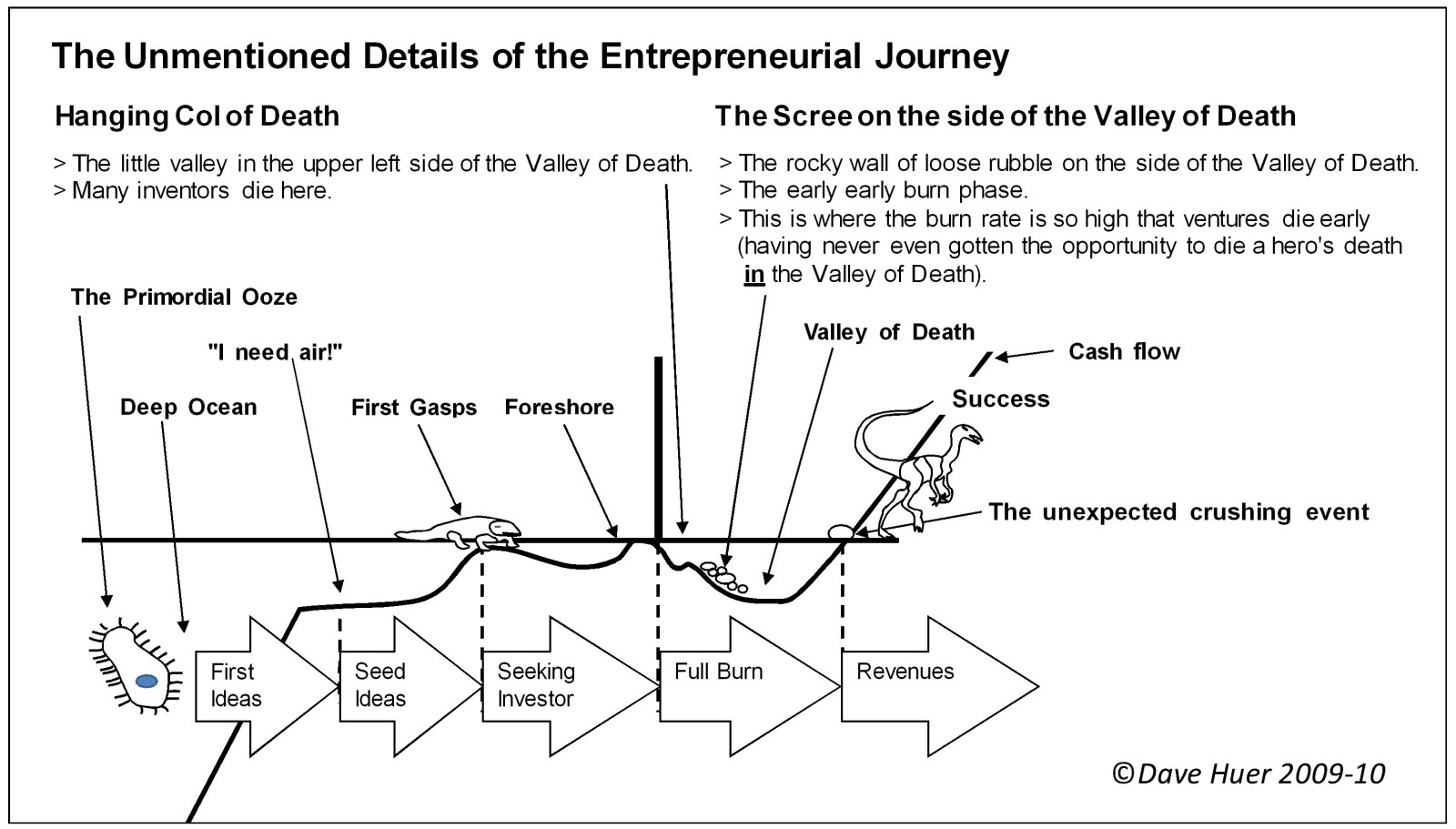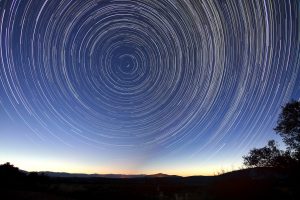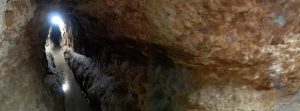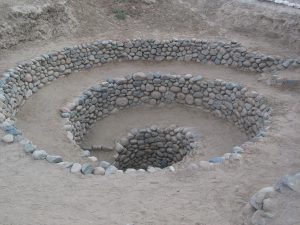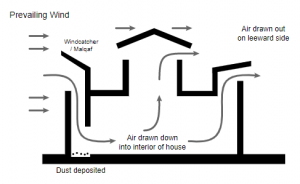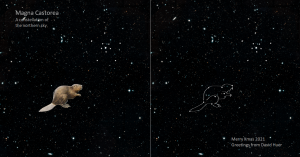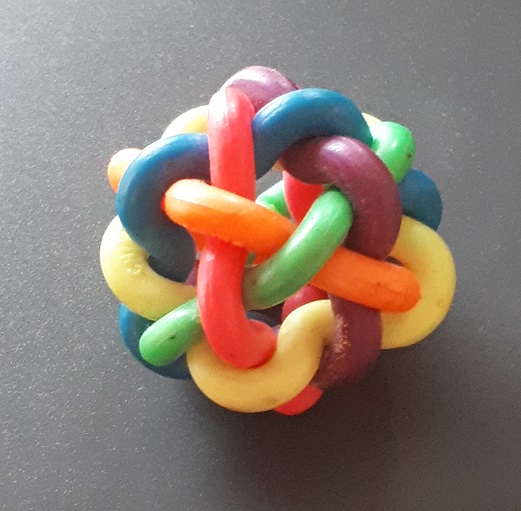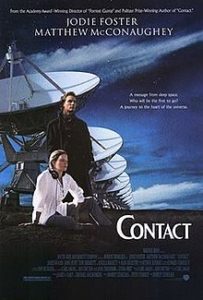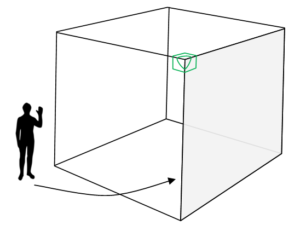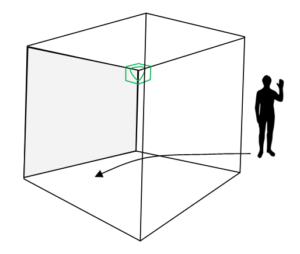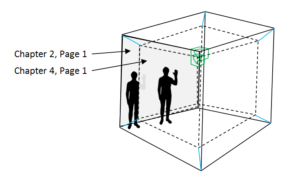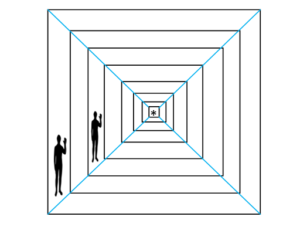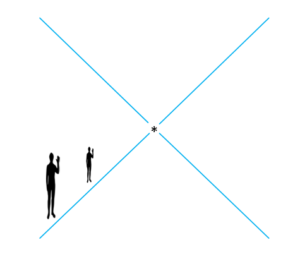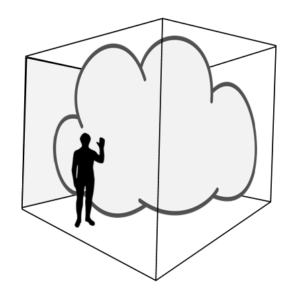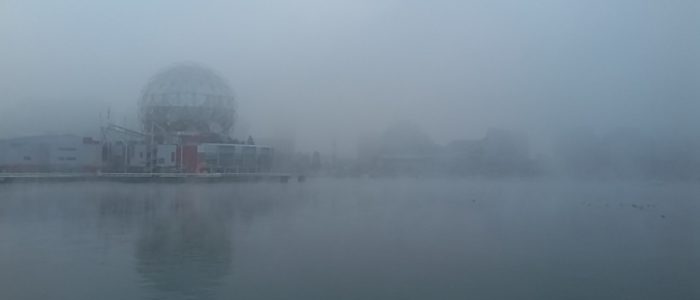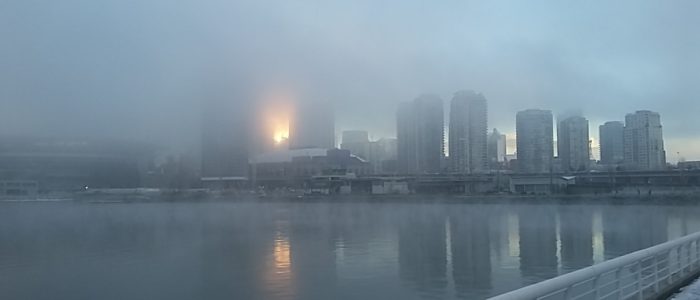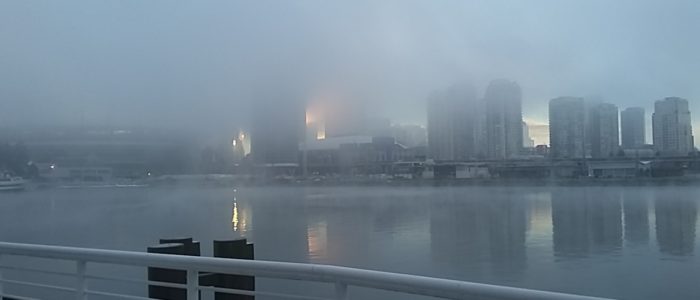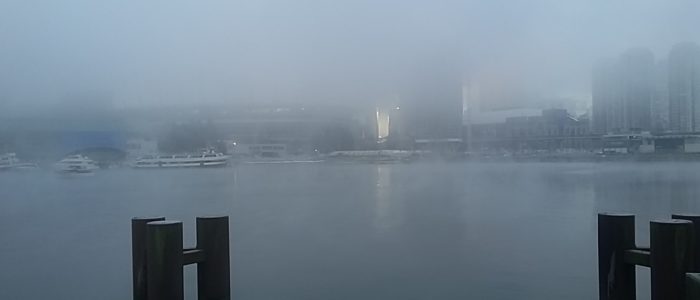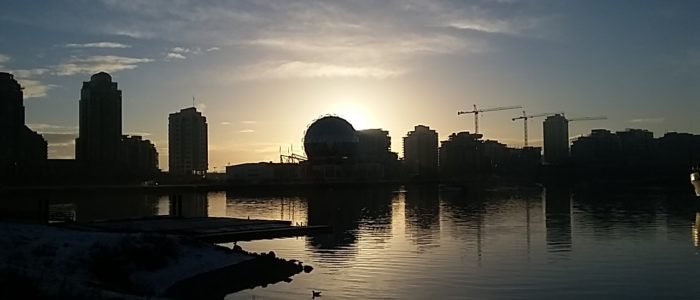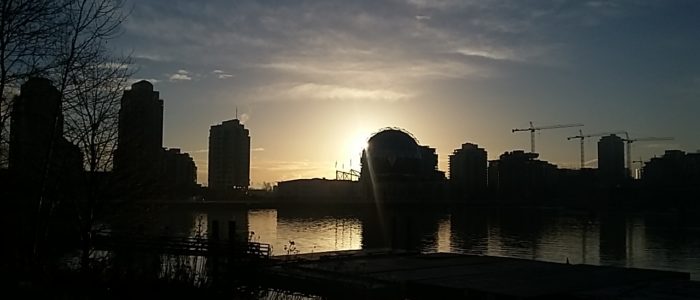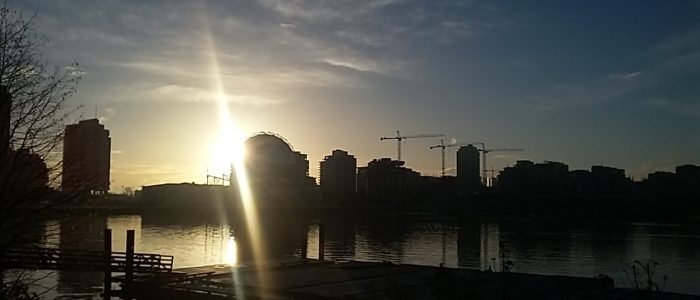There’s a March 2025 update for SETG here: https://davehuer.com/concepts-for-newspace/
Technique to continuously develop and improve discovery hypotheses
Update to “Mobius Universe” (2014, 2021)
May2024 Update #1: note about recent formal work by cosmologists.
May2024 Update #2: note about a beautifully profound article by Ben Zweibelson, PhD.
This led to new Ideas to describe the topology of the universe.
Interplanetary Patents Enforceability
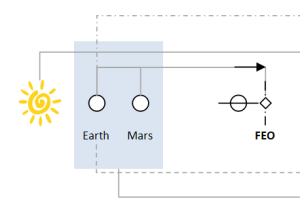 I’ve been reviewing patenting matters; and being fascinated by all things New Space, got to speculating. Does patent enforceability define the edge of the known world? Of human civilization? How will the Court enforce patent rights off-Earth? Here’s the link to the full diagram [pdf link].
I’ve been reviewing patenting matters; and being fascinated by all things New Space, got to speculating. Does patent enforceability define the edge of the known world? Of human civilization? How will the Court enforce patent rights off-Earth? Here’s the link to the full diagram [pdf link].
I’ve named the line of enforceability “Firenzian Enforceability Orbits” (FEO) = the halfway mark of a physical no-layover trip by counsel (or bailiff!). The FEO name is in honour of the City of Firenze, Tuscany, Italy; city descendant of the Florentine Republic: the first State to award the first recorded patent, granted to Filippo Brunelleschi, architect and engineer (1421).
 Using current law, Duration will be 17years. But what about Locus of Origination (LOO)? Will LOO be 17years from an Earth court, or Launch pad, or Space Station? Will enforcement commence from the Court of the “local” planet, or will system-wide law prevail?
Using current law, Duration will be 17years. But what about Locus of Origination (LOO)? Will LOO be 17years from an Earth court, or Launch pad, or Space Station? Will enforcement commence from the Court of the “local” planet, or will system-wide law prevail?
 And what about Faster-than-Light (FTL) Enforceability? Imagine the legal conundrums of FTL paradoxicality!
And what about Faster-than-Light (FTL) Enforceability? Imagine the legal conundrums of FTL paradoxicality!
Thomas Aquinas wondered: “Can several angels be in the same place?” If angels are quantum beings, it seems that they could be. What about FTL Process Servers? (ha!).
** Some parties might call it FOMO.
Qanats & Windcatchers for Lytton BC
 The Village of Lytton, BC had a catastrophic fire in 2021, after a wildfire started in the early evening of June 30, 2021, after suffering the highest temperature ever recorded in Canada. After percolating ideas in the back of my head for a year, last weekend, I wrote up a suggestion and sent it to the Village of Lytton and Lytton First Nation; and then afterwards to leaders in the insurance sector (Insurance Institute of Canada, CISO, Institute of Catastrophic Loss Reduction). The suggestion is to propose a way to mitigate future risk in Lytton and similarly situated communities. The concept is to use natural resources to help retard future fires. The idea is to consider the opportunities that arise when the rivers and architecture of the landscape is seen as a fire defence resource. This is an example of my practice to periodically intellectually refresh…by taking a day, here-and-there, to do something else entirely different. Exercise for the imaginative mind.
The Village of Lytton, BC had a catastrophic fire in 2021, after a wildfire started in the early evening of June 30, 2021, after suffering the highest temperature ever recorded in Canada. After percolating ideas in the back of my head for a year, last weekend, I wrote up a suggestion and sent it to the Village of Lytton and Lytton First Nation; and then afterwards to leaders in the insurance sector (Insurance Institute of Canada, CISO, Institute of Catastrophic Loss Reduction). The suggestion is to propose a way to mitigate future risk in Lytton and similarly situated communities. The concept is to use natural resources to help retard future fires. The idea is to consider the opportunities that arise when the rivers and architecture of the landscape is seen as a fire defence resource. This is an example of my practice to periodically intellectually refresh…by taking a day, here-and-there, to do something else entirely different. Exercise for the imaginative mind.A) (See PDF)
B) Civil Engineering Idea
- Water sources (currently the Thompson R. and Fraser R. (in future, perhaps aquifers and springs?)
- Moisture-Sourcing subsurface “Qanats” [underground aqueducts, known as Qanats in the Middle East and as “Puquios” in the coastal deserts of southern Peru and northern Chile);
- Natural wind and heat-activated Air-Cooling “Windcatchers”):
C) Fire Protection Infrastructure Idea
 Create a civil infrastructure administration mechanism called the “District Fire Cooling System (DFCS)” to emulate the familiar “District Energy System (DES)”: https://toolkit.bc.ca/tool/district-energy-systems-2/ The concept here is to use natural resources to create a sustainable DFCS fire retarding system for the village.
Create a civil infrastructure administration mechanism called the “District Fire Cooling System (DFCS)” to emulate the familiar “District Energy System (DES)”: https://toolkit.bc.ca/tool/district-energy-systems-2/ The concept here is to use natural resources to create a sustainable DFCS fire retarding system for the village.Notes:
- Inside Qanat: Naeinsun, CC BY-SA 3.0 <https://creativecommons.org/licenses/by-sa/3.0>, via Wikimedia Commons: https://commons.wikimedia.org/wiki/File:Insideqanat.JPG
- Puquios in Peru: Ab5602, Public domain, via Wikimedia Commons: https://commons.wikimedia.org/wiki/File:Puquios_aqueduct_Nazca_Peru.JPG
- Windcatcher Diagram: Fred the Oyster, CC BY-SA 4.0 <https://creativecommons.org/licenses/by-sa/4.0>, via Wikimedia Commons: https://commons.wikimedia.org/wiki/File:Malqaf.svg
Spider Web Space Elevator cable-pulling?
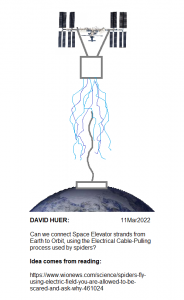 Bio-mimicry idea: Can we connect Space Elevator strands from Earth to Orbit, by mimicking the use of spiders of electric fields to execute Cable-Pulling? The idea comes from the discovery that spiders ‘fly’ using an electric field: “A study was conducted at the University of Bristol in 2018. The study said that electric field generated due to weather activity was capable of drag a single electrostatically-charged strand of web (and the spider) off the ground” https://www.wionews.com/science/spiders-fly-using-electric-field-you-are-allowed-to-be-scared-and-ask-why-461024
Bio-mimicry idea: Can we connect Space Elevator strands from Earth to Orbit, by mimicking the use of spiders of electric fields to execute Cable-Pulling? The idea comes from the discovery that spiders ‘fly’ using an electric field: “A study was conducted at the University of Bristol in 2018. The study said that electric field generated due to weather activity was capable of drag a single electrostatically-charged strand of web (and the spider) off the ground” https://www.wionews.com/science/spiders-fly-using-electric-field-you-are-allowed-to-be-scared-and-ask-why-461024
New 1-page “EAP”/”Proximity Pricing” Explainer
The Ecological Accounting Process (EAP) (“Proximity Pricing” for private & hybrid sector investing) is summarized here – see Part C & D: https://davehuer.com/problem-solving-examples/
- (C) (2017-19) Project contributions – link to report to funding agencies
- (D) (2020) ESG Impact Investing Method (updates)
Respondents have mentioned not realizing that calculations can be two-directional (ie. we can calculate forwards and backwards, and that this can induce the process of continuous improvement to sustain access to the cost-superior services delivered by Nature). The new 1-pager ought to be helpful.
Merry Xmas 2021
See every image back to 2017, at Holiday Greetings Annual [Link]
Mobius Universe
The other bit of fun for 2014 was to finish a thought experiment (the longest thus far: ~1984-2014); coming to a conclusion about the shape of the shape of the universe, and how this could be used to imagine the next contractionary cycle; and perhaps, in time, point the way for far-imagined journeys.
The conclusion? The universe is expanding inwards. Perhaps this might be named “the Mobius Universe”? I made a testing puzzle about this: [link] and there’s a new note here [link].**
The strange thing about constructions like this is that you must look away to observe it. We talk of “the mind’s eye” – This is the imagination’s eye. This is a way to solve many sorts of hard problems. Find imaginative-mind-play time. What you are tussling with, put aside. Accomplish tasks entirely different. Find the focus by looking away. Come back refreshed to tackle it again. Every refresh invites a new perspective. Every leaving gets you farther.
Recharge recharges clarity.
** Original 05Oct2021 version (without “Mobius Universe” title)
_________
May2024 Update #1: This topological construct of the universe appears to be similar recent formal work by cosmologists: https://physics.aps.org/articles/v17/74
May2024 Update #2: Whilst reading a beautifully profound article by Ben Zweibelson, PhD. [Breaking the Newtonian fetish] I got to thinking about tori (or toruses) again, as it is hard to explain the hard-to-imagine construct. Here are two articles [Link #1] [Link #2] by Mark L. Irons (a Portland scholar who has passed away).
New Ideas to Describe Topology of the Universe: This delving got me imagining that perhaps it could be called a “Klein bottle”, but that’s not right. It’s more of a Mobius torus with amorphous (gassy) ever-expanding surfaces – maybe we could call this construct “Mobius Torus Flows” aka “Morflows” (good pun there!), “Klein flows” or “Klein clouds”?.
Maybe this offers a way to make the leap to living Eine (klein)e Nachtmusik? 🙂
SETG: Searching for Extraterrestrial Garbage
By their garbage, shall ye know them
Searching for the garbage signatures of alien civilizations
The Civage Scale (“Civilization Garbage”) is a proposed scale for detecting and measuring a civilization’s level of technological advancement based on the amount of garbage it dumps to foul the local neighbourhood. ‘Neighbourhood’ ranges from planetary to Kardashev Type V neighbourhoods. The current practice of searching for alien civilizations is called SETI: the Search for Extraterrestrial Intelligence. This thought experiment proposes SETG: the Search for Extraterrestrial Garbage.
[pdf here] + see the Mar2025 update at “Concepts for New Space” [link here]
Mitigating pandemic zoonosis risk
 PPP – Pathogen Pandemic Prevention: It is all in the data. A method to finance natural areas conservation as a public health project. To reduce pandemic Zoonosis Risk (pathogens jumping from species to species). See attached 1-page poster.
PPP – Pathogen Pandemic Prevention: It is all in the data. A method to finance natural areas conservation as a public health project. To reduce pandemic Zoonosis Risk (pathogens jumping from species to species). See attached 1-page poster.
Now that we all know what PPE is, it is time for PPP – Pathogen Pandemic Prevention. Could this help? Have a look! Then network the method. See if it can help your business community, farmers, consumers, volunteer groups, health authorities, and local government.
1-page poster (pdf link) + 1-page poster (png image link)
Summary:
In April 2021, I was in conversation with a public health analytics team. We were investigating public health as an adjacent future market for OrbMB’s analytics tools. OrbMB is not a fit to help, but we passed along the EAP accounting method published by waterbucket.ca (called EAP: as contractor, my work was to develop the root systems’ logic to unpack the financing validation problem): https://www.linkedin.com/posts/davehuer_esg2-the-kilmer-creek-eap-report-to-government-activity-6697755256257961984-3E9- The public health team suggests using EAP to reduce Zoonosis Risk.
The EAP method is a way to put a price on the value of public natural areas. To invest in protecting those lands to protect the superior services provided by nature. It is unusually hard for government agencies to allocate cash to do this in a political environment, which has conflicting pressures from taxpayers. Because it is hard to assign a budgetable cost/benefit since public lands are not taxed, so often there is no valuation history. We figured out the EAP method of practical, scalable cost-accounting.
Applications’ examples:
* Financing protection of the urban-rural-wildland fringe (encroaching into wild habitat where pathogen reservoirs reside);
* Protecting the benefits that nature provides (ex, bats are a major pollinator for flowers, fruit, and some vegetables; and consume vast quantities of insects that otherwise would consume human crops);
* Creating market demand for new food products to cut consumption of high-risk wild animals (bats, monkeys, pangolins, etc.).
Notes:
- This is an independent conceptual application of the EAP process.
- Public interest project. Educational public policy comment. Fair dealing image use.
- Zoonosis transmission source image: https://sitn.hms.harvard.edu/flash/2020/covid-19-emerging-viral-diseases-journey-animals-humans/
- – end –
PLAN B – Stepping stones to sister worlds
![]() New possibilities for space commerce
New possibilities for space commerce
Many small steps.
Inspired by Robert Zubrin and Stephen Petranek.
Project Video: https://www.youtube.com/watch?v=nff2CiAydTo
Territory ideas: Animations start at 8:12
1-Page Summary: https://davehuer.com/plan-b-summary/
Before starting OrbMB, I’d separately started exploring ideas to grow our capacity to become a fully-functioning, off-Earth society: ways to tackle the wicked problem of building “secure, resilient, rapidly-evolving distributed systems at scale.”*
We live in a new age, with enabling technologies and possibilities. This project proposes ways to use property rights and commercial law to de-risk the uncertainties, to bootstrap the trading webs we need to grow ourselves to sister worlds. The goal being to spark new thinking about what we want, as we transition to systems of sustainable commerce. Here and out there: #spacecommerce
Many thanks to all contributors. Special thanks to cg artists Evgenia Tikpapanidou & Guy Brochard and voice artist Marek Montoya for animatedly bringing the project to life.
Inspirations:
(2014) The Mars Underground: https://www.youtube.com/watch?v=tcTZvNLL0-w
(2016) Stephan Petranek: https://www.youtube.com/watch?v=t9c7aheZxls
*(2018) N.Forsgren, J.Humble, G.Kim: Accelerate, p.4: (Amazon book link)
Have Hope!
The Atlantic has published a piece about surviving uncertainty: https://www.theatlantic.com/family/archive/2020/08/how-embrace-uncertainty-pandemic-times/615634/
This is powerful stuff. I’ve done intensely challenging whitewater kayaking, learning through the discipline and art that there is a place beyond the edge; and learned that some of us have deep need to go beyond that edge to know where it is. This is where we all of us are with this thing. I, for one, have hope. Our species has a bright future because we are learning to manage deep uncertainty together. And we will learn to thrive.
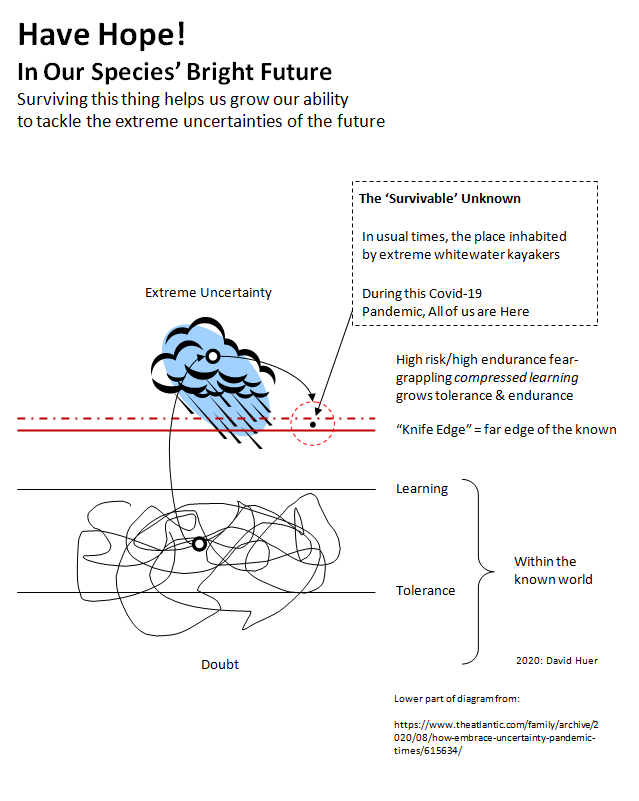
the god Both
From How to Solve the Hardest Logic Puzzle Ever, by Nautilus‘ assistant editor Brian Gallagher, comes a study of Raymond Smullyan’s logic puzzle of the same name, deriving from use of a logician’s law; the “law of the excluded middle”, which is that “every statement is either true or false—there is no middle ground.” And “In the hardest logic puzzle ever, one must determine the true identities of gods named True, False, and Random.“

The law is a law of statements, not a law of answers.
Could we entertain banqueting with the god named Both? Could the conversation take us out, flying into the real world, flying to divers places, accompanied by Mercury to get us everywhere?
Image: “Mercury Bronze 1570 van der Schardt 5” by mharrsch (CC BY-NC-SA 2.0): https://ccsearch.creativecommons.org/photos/2d615852-04af-4e54-8850-956ddf5ba076
Dahak Discovered?
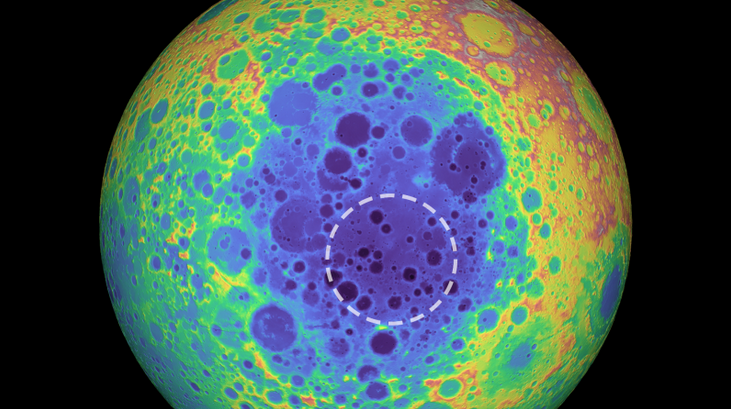
A “mysterious” gravitational mass has been discovered buried below a 4-billion-year-old crater on the Moon: https://www.theloop.ca/ctvnews/mysterious-gravitational-mass-found-buried-on-far-side-of-moon/
As reported in Geophysical Research Letters, scientists say the mass may be remnant metal from an asteroid that created the South Pole-Aitken basin. I’ve written to the study’s lead authors, asking…
“Is it Dahak?” 🙂
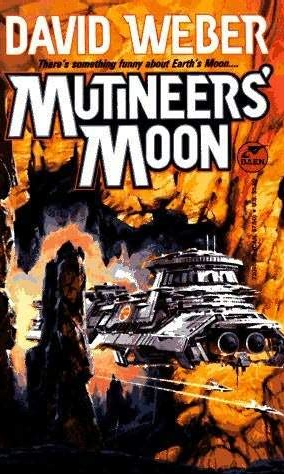
“Uncertainties Design” (UD)

Significant implications arise when we redefine the fundamental nature of data for use across society:
The metrology and framing of the data to be gathered [1] will become vitally important. Making it important that we use “measurement uncertainties” to design ‘data harvesting’ plans and user instructions.[2]
This suggests that there is a need to:
(i) Develop an entirely new educational & scholarly UD discipline;
(ii) Develop UD Big Data computing certification programs;
(iii) Develop UD as a basic skill set in pre-college schooling.[3]
Uncertainties Design or UD will touch the entirety of Data Pre-Harvest Planning.
It will be used to design Uncertainty Measures for a wide range of subjects including: Accounting, Finance, Tax Law, Investing, Trading, Governance, Long-Term Climate Strategies, Ecosystems Stewardship, Weather, Energy, Food, Water, Sustainable Cities, and Economics Forecasting.
Notes
[1] In February 2019, researchers reported the results of a study which concludes that “students would probably exercise better judgement, say the researchers, if they knew more about measurement uncertainties and had a framework for determining when a difference is significant—things that are often left out of the curriculum.” cf. http://physicsbuzz.physicscentral.com/2019/02/more-data-can-lead-to-worse-decisions.html?m=1 and https://journals.aps.org/prper/abstract/10.1103/PhysRevPhysEducRes.15.010103;
[2] 06 February 2019 at 17:21 pm by email: Proposing “Uncertainties Design” to the researchers of Note [1] at Humboldt-Universität zu Berlin and Hofstra University: and to George Verghese (PhD, Curtin University).
[3] ‘ “Given what’s at stake, the researchers recommend that teachers make time to include these concepts in science classrooms and beyond.” ‘ “Since data, and judging the quality of this data, is becoming so prominent in our everyday lives, teachers in all subjects should try to incorporate this into their classes,” they write.” cf. Ibid., http://physicsbuzz.
Image: No-charge download from Pixabay
Hadley’s Primer
I’m working out lessons to teach how to think in 3D. Here’s one of the first ideas for this. I got to watching Jodie Foster’s movie Contact. And came to the segment where Hadley reveals the primer to Ellie: https://www.youtube.com/watch?v=-SbKE_U4b7U
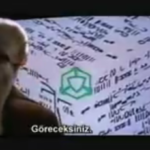 Director Robert Zemeckis needed to explain the idea without detailing the depths that an efficient data set could get to. It gets neat when we replicate the Hadley Primer into a 3D library with many books, layers and leaves:
Director Robert Zemeckis needed to explain the idea without detailing the depths that an efficient data set could get to. It gets neat when we replicate the Hadley Primer into a 3D library with many books, layers and leaves:
This is Zemeckis’ version:
Now imagine the underlay also being a book, inverted:
Now imagine Zemeckis’ book as a level-1 hypercube [a tesseract projected into three-space]:
Now imagine it as a multi-layered hypercube…3D books nested within books within books…
Now imagine what lies at the “centre” of the nestlings…
Is it “the centre”? Is it a singularity? Is it a cloud of data? Can we ever get there?
A book with infinitive leaves that “linear we” cannot perceive?

Words in a starry firmament? Words that we cannot truly read?
Yet…
Is Blockchain a realization of Asimov’s 3 Laws?
For Internet-era Humans:
Is Blockchain a realization of Asimov’s 3 Laws?
Blockchain’s Disruption to 2nd-Era Social Media
David Huer, Canada, January 2018
PDF Document Link [here]
This is an allusion to the idea of “Personal Presence” in one of Asimov’s ‘Elijah Bailey/R. Daneel Olivaw‘ series of novels.
People in electronically-connected countries generally have 9 personas: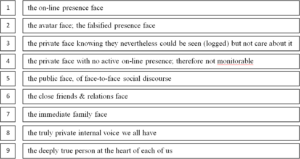 During the Pre-internet Era (most of human culture), we had 5:
During the Pre-internet Era (most of human culture), we had 5:
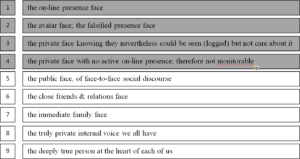 During the 2nd (Post-Chat Room) Social Media Era
During the 2nd (Post-Chat Room) Social Media Era
Websites sold “First-4” Data to Advertisers. Inferring that First-4 Data gleans clues about Inferred-5. Using machine-learning and AI, now, to claim further inference success…
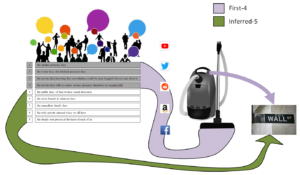 Where are you on the daily persona journey?
Where are you on the daily persona journey?
Who plays the instrument that manipulates your soul?
 What’s worrisome for today’s social media giants?
What’s worrisome for today’s social media giants?
Self-demonstrating that there is NO social contract/respect for deep privacy.
Not needing to make one, without the presence of an alternative.
Blockchain’s deep power? It is that alternative.
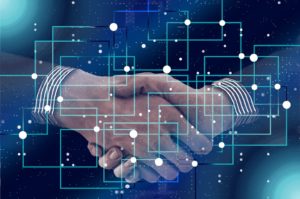 Blockchain systematically engineers true respect for deep privacy. A true deep social contract, a truthfully private exchange. Returning the First-4 to Asimovian Full-9 Personal Presence and Control The next iteration of the Internetosphere.
Blockchain systematically engineers true respect for deep privacy. A true deep social contract, a truthfully private exchange. Returning the First-4 to Asimovian Full-9 Personal Presence and Control The next iteration of the Internetosphere.
Until Blockchain gets disrupted.
Images:
(a) Fair use via wikipedia: File:The-robots-of-dawn-doubleday-cover.jpg
(b) https://www.goodfreephotos.com/people/having-dinner-together-with-the-family.jpg.php CC0 / Public Domain License.
(c) http://maxpixel.freegreatpicture.com/Group-Businessmen-Confirming-Team-Feedback-2990424 : CC0 Public Domain, Free for commercial use. Link referral required;
(d) https://commons.wikimedia.org/wiki/File:Gray_vacuum_cleaner.svg CC0 1.0 Universal Public Domain Dedication.
(e) https://pixabay.com/en/block-chain-personal-shaking-hands-2850276/ CC0 Creative Commons, Free for commercial use
Is our universe a “wormhole”?
SOLCO: A new space treaty to break the Orbital Investing Sound Barrier
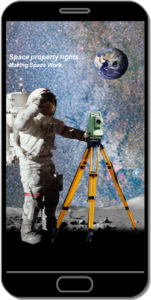 CityMoon : Getting back to the Moon
CityMoon : Getting back to the Moon
Earlier this summer, a friend and got to talking about space industry. Why industry and the authorities still had us stuck on Earth. It’s been 50 years. They played golf. And got us a bag of rocks. All the other promises were empty. And NASA keeps insisting that we ought to be making riskier long-duration trips to Mars vs. bootstrapping like entrepreneurs do. But got to thinking, concluding that the old Outer Space Treaty (UNOOSA, 1966) is the barrier to entry. The national space agencies really have little choice, because signatory states all agree that no one can own private property off-planet.
CityMoon.org : website
Treaty proposal video (CGI animation)
Well, who invests in that.
The strategy here? A new treaty to break the investment log-jam. That’s been the project of the last few months. I will periodically post and welcome guest commentary. It takes all of us to make the world better. And all of us dialoguing to move our civilization forward.
Vancouver’s False Creek – Two mornings of sun and fog
© 2016 Photos by David Huer
vs. the apparently-most-possible of the allegedly impossible
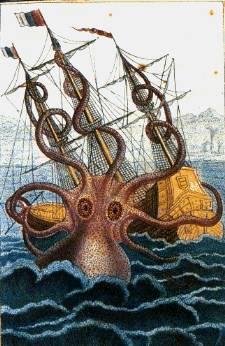 Yesterday, one of my friends (founder) asked why I don’t start easier ventures? The reason relates to the framing (and re-framing) of the challenge: No matter what I think about, it has been my experience that the leap-frogging steps of a disruption are nearly always seen as impossible/hard to comprehend . . .
Yesterday, one of my friends (founder) asked why I don’t start easier ventures? The reason relates to the framing (and re-framing) of the challenge: No matter what I think about, it has been my experience that the leap-frogging steps of a disruption are nearly always seen as impossible/hard to comprehend . . .
. . . (and in this, it appears not so much that the barrier is a belief in the “impossibility”, but that the person cannot intellectually follow or comprehend how I got there and ego seems to get in the way).
So, if whatever I do is seen this way, then (perhaps paradoxically) it makes more sense to me to do the biggest scariest monster.
Because this takes exactly the same effort as the apparently-most-possible of the allegedly impossible.
Not to mention massively satisfying.
Image: Pen and wash drawing by malacologist Pierre Dénys de Montfort, 1801, from the descriptions of French sailors reportedly attacked by such a creature off the coast of Angola. Public Domain, https://en.wikipedia.org/wiki/Kraken
The Door to $Capital Heaven

A country’s embassies and consulates are that nation’s territory, subject to its laws, rules, and customs.
Some time ago, I asked the US State Department to create an incubator inside the Vancouver consulate.
Every day, I could walk to my office in America without having to leave Canada. An embassy official appreciated the creativity but said no dice.
Hence the “Border Entrepreneur Visa” proposal, posted earlier this week: http://davehuer.com/blog/replacing-the-us-eb-1-and-e-1-with-a-be-1-visa/
Image: Seal of the US Consulate, Vancouver, BC. Public Domain: https://www.flickr.com/photos/us_mission_canada/4770405952 – https://creativecommons.org/licenses/by/2.0/
9 Minds for the Future
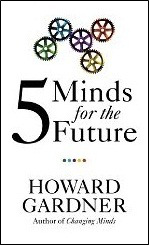 Howard Gardner misses 4 mindful intelligences when he talks about the 5 Minds for the Future that he believes are “the specific cognitive abilities that will be sought and cultivated by leaders in the years ahead”.
Howard Gardner misses 4 mindful intelligences when he talks about the 5 Minds for the Future that he believes are “the specific cognitive abilities that will be sought and cultivated by leaders in the years ahead”.
Mr. Gardner’s list:
The Disciplinary Mind (DM): the mastery of major schools of thought, including science, mathematics, and history, and of at least one professional craft.
The Synthesizing Mind (SM): the ability to integrate ideas from different disciplines or spheres into a coherent whole and to communicate that integration to others.
The Creating Mind (CM): the capacity to uncover and clarify new problems, questions, and phenomena.
The Respectful Mind (RM): awareness of and appreciation for differences among human beings and human groups.
The Ethical Mind (EM): fulfillment of one’s responsibilities as a worker and as a citizen.
But this is a scientific model of the world: an idealized model of a civilized world of thinkers atop the hierarchy of civilization. It is not the world we live in. Not the world our children face:
A warming world, with melting ice caps, ice-free polar seas, and an interrupted tropic-arctic ocean heat conveyor belt. A world of sea-level rise, and drowned cities, and desperate populations. A world of rising starvation and denuded oceans. And refugees and internment camps. This is the world that every one of our grandchildren face. A world needing additional forms of Mindfulness if we are to succeed in restoring the biosphere. Here are four to add to the mix:
 The Warrior Mind (WM): combining strategic, tactical and artistic sensibilities. Miyamoto Musashi is the archetype. And my personal example is a US Marine. A man whose best friend died on the battlefield. A man who honoured that friend by not forgetting, and instead helping to set up a foundation for wounded warriors in his memory. This is a mind that frames its actions with honour. We need this mind.
The Warrior Mind (WM): combining strategic, tactical and artistic sensibilities. Miyamoto Musashi is the archetype. And my personal example is a US Marine. A man whose best friend died on the battlefield. A man who honoured that friend by not forgetting, and instead helping to set up a foundation for wounded warriors in his memory. This is a mind that frames its actions with honour. We need this mind.
The Profiting Mind (PM): looking for ways to earn profit in all its forms (financial, triple bottom line, personal). We need minds like this, too. To re-frame capitalism so it works for every species that inhabits the Earth.
The Earth Mind (EaM): awareness of and appreciation for differences among different species of the earth, human and non-human, and the interrelatedness of all species in the biosphere we call home. We need this mind, too. Because this mind recognizes that all of us are one connected system that is failing because we have brought the ecosystem out of balance.
And the Horizon Mind (HM): The capacity to not just imagine the future, but to re-frame that future to make it better, and figure out the way from here to there. We need this mind to see where we could go, and to cut away every old way of thinking that got us into the hole we are now.
At times, I wonder if a Horizon Mind–and Horizon Intelligence–synthesizes all of the others? And whether Horizon Intelligence is both singularly personal and the collective intelligence of our species?
And whether Horizon Intelligence develops like this . . .?
When our children are born, they look out upon a strange and scary place.
All thinking is internal . . .
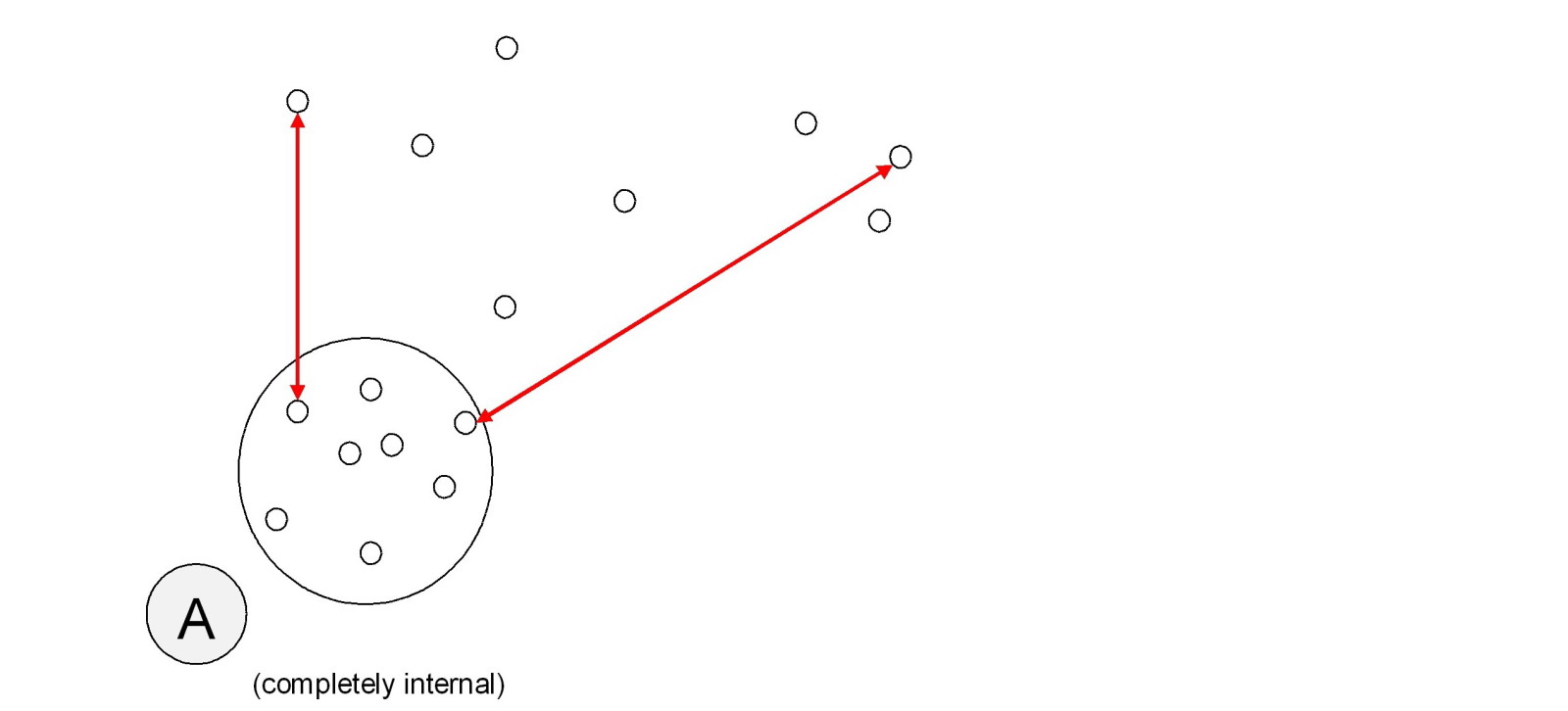
The questing mind moves out from that internal space
Learning to involve sensory feedback: a mother’s breast milk, being singed, standing and falling, toy-making and using and breaking. Shitting and stinking, and eating boogers, and saying “No!”.
A sensory (feeling-seeing-scenting-tasting-thinking) feedback loop . . .
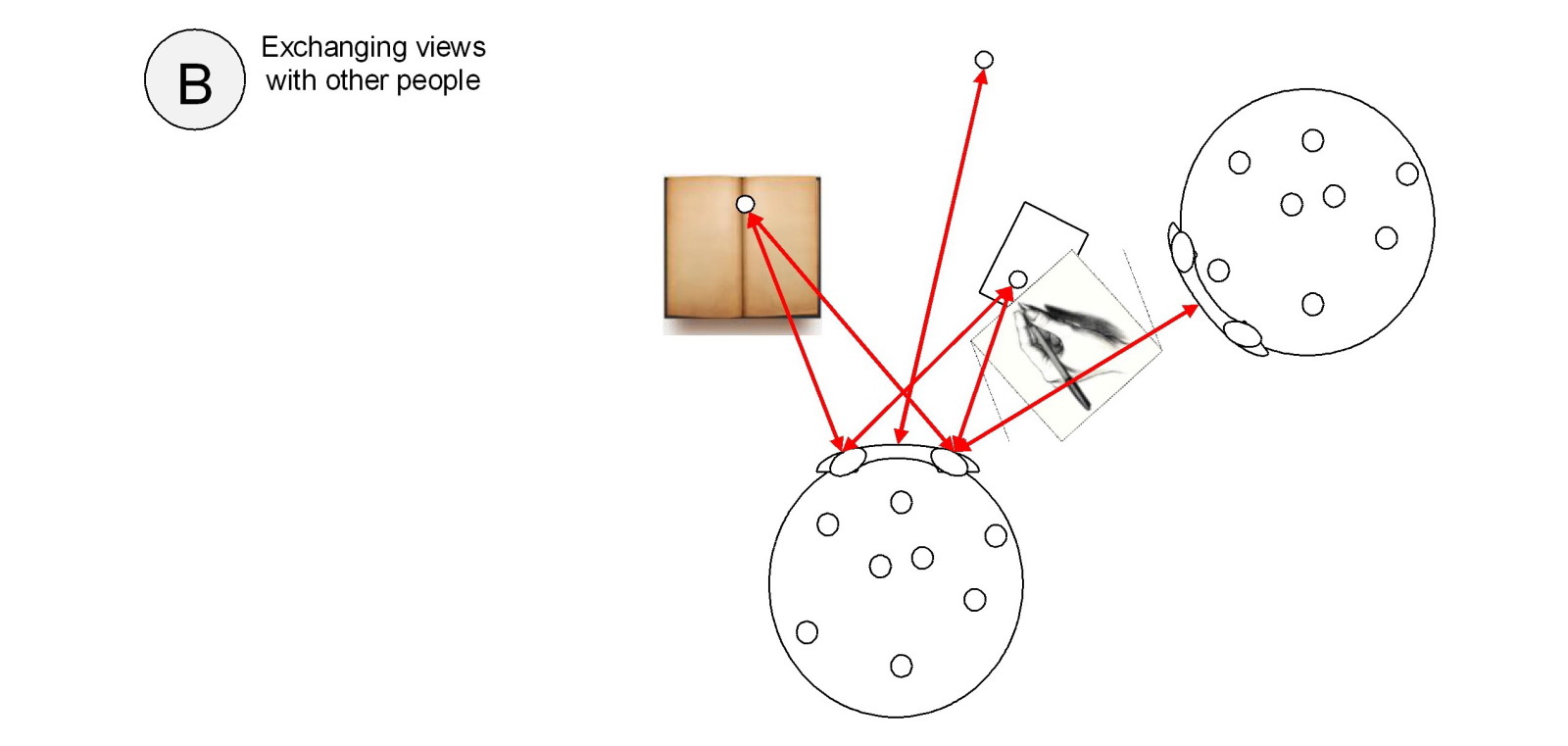
But then, the questing human mind extends that feedback loop.
And here are the interesting questions . . .
Does the questing mind extend that feedback beyond others (mum, dad, sibling, grandma, the family dog) to wider horizons? Seeking to frame the horizon as a future that can be re-framed, changed, to whatever we want it to be;
This “horizon re-framing mind” — this Horizon Intelligence–perhaps it is the vista-seeking mind that makes our species gain the bigger perspective?

And perhaps, it is Horizon Intelligence that synthesizes all of the other intelligences into one? Making the sum of the parts that which makes us aware? That makes us planners and doers of our own destiny?
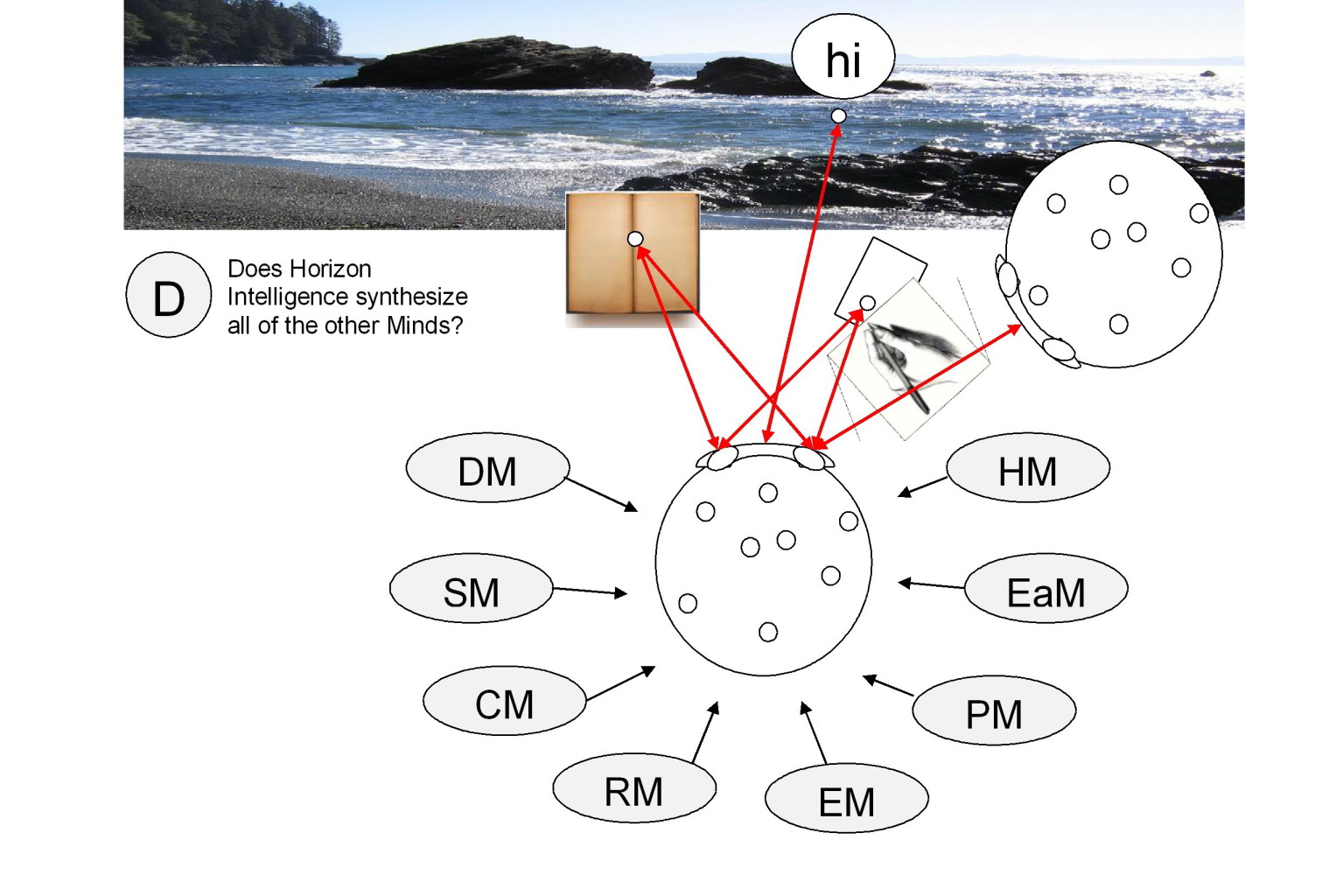
And if so, is it this intrinsic quality of thinking-being-contemplating-doingness that Information Technology kills? The “thrumming guitar pluck”, the quiet humming golden thread–that IT muffles and snuffs out? The missing quality that we cannot replicate?
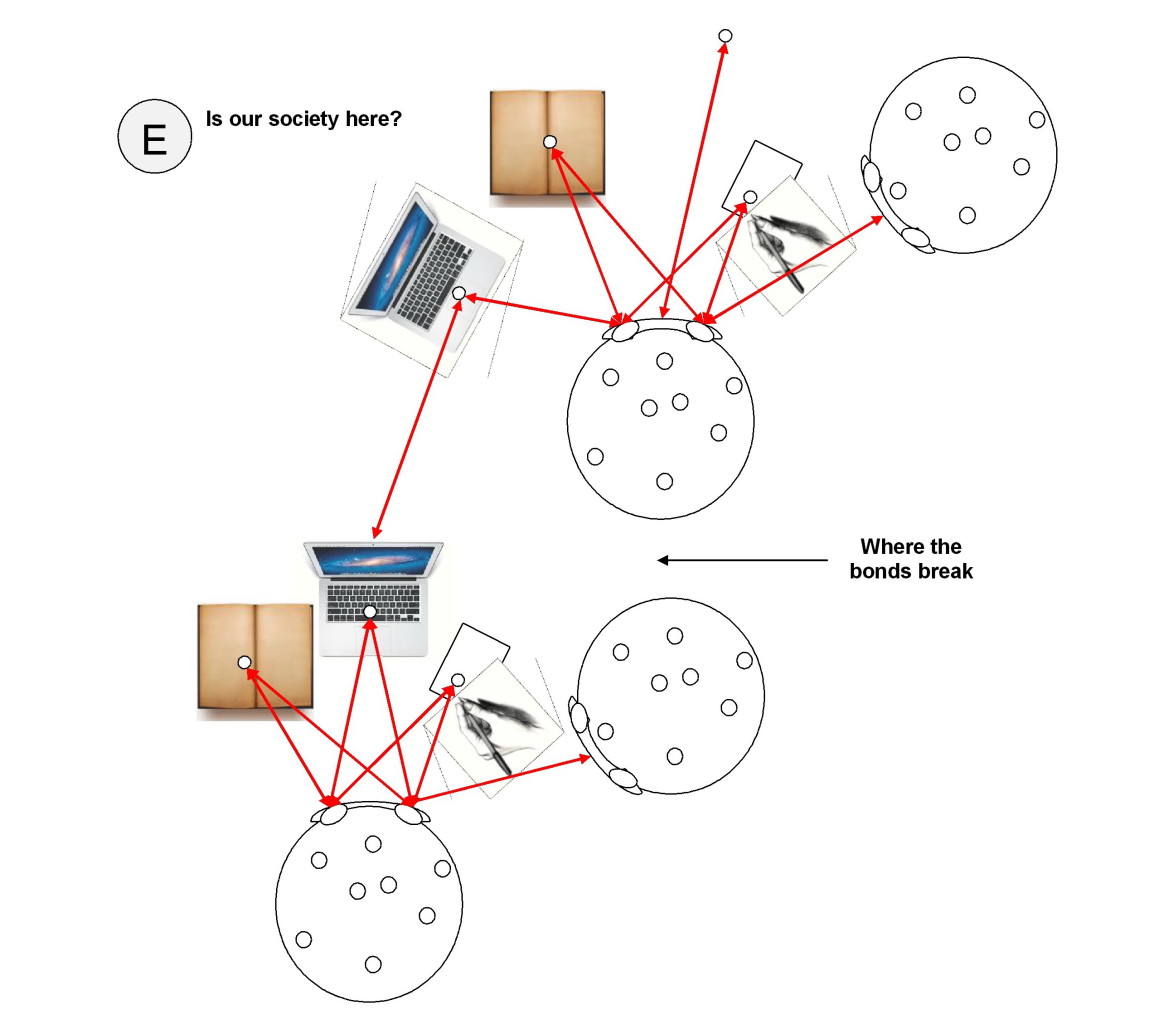
Are we losing our Horizon Intelligence?
And if we are, are we becoming the Artificial Intelligence we should be afraid of?
— David Huer
Images:
5 Minds for the Future: Book Cover via Amazon Books:
Calligraphy by Miyamoto Musashi. Public Domain: Mr. Granger
Los_Angeles_Pollution: Photo by DAVID ILIFF. License: CC-BY-SA 3.0
All other images and artwork: © 2015 David Huer. Photo is of Sombrio Beach on the west coast of Vancouver Island.
The Unmentioned Details of the Entrepreneurial Journey
Having read Peter Baskerville‘s brilliantly dispassionate, no-nonsense answer to Why do most café startups fail? at Quora this morning, I thought my readers might like to see a re-post of a 2010 cartoon about the perils of venturing anew.
Never give up! Never Surrender!
Best for the day and this New Year.
01 January 2015
– David Huer
